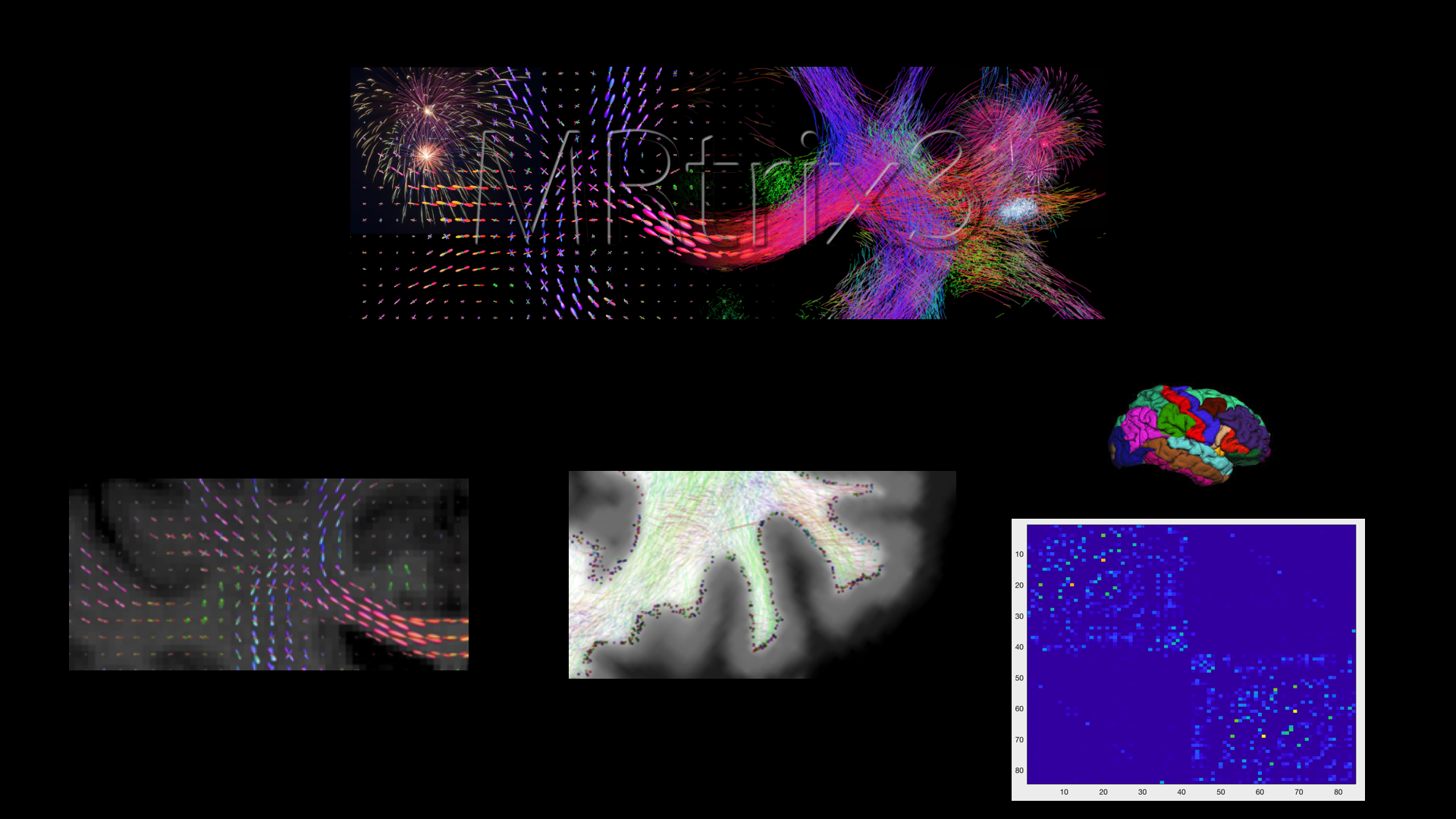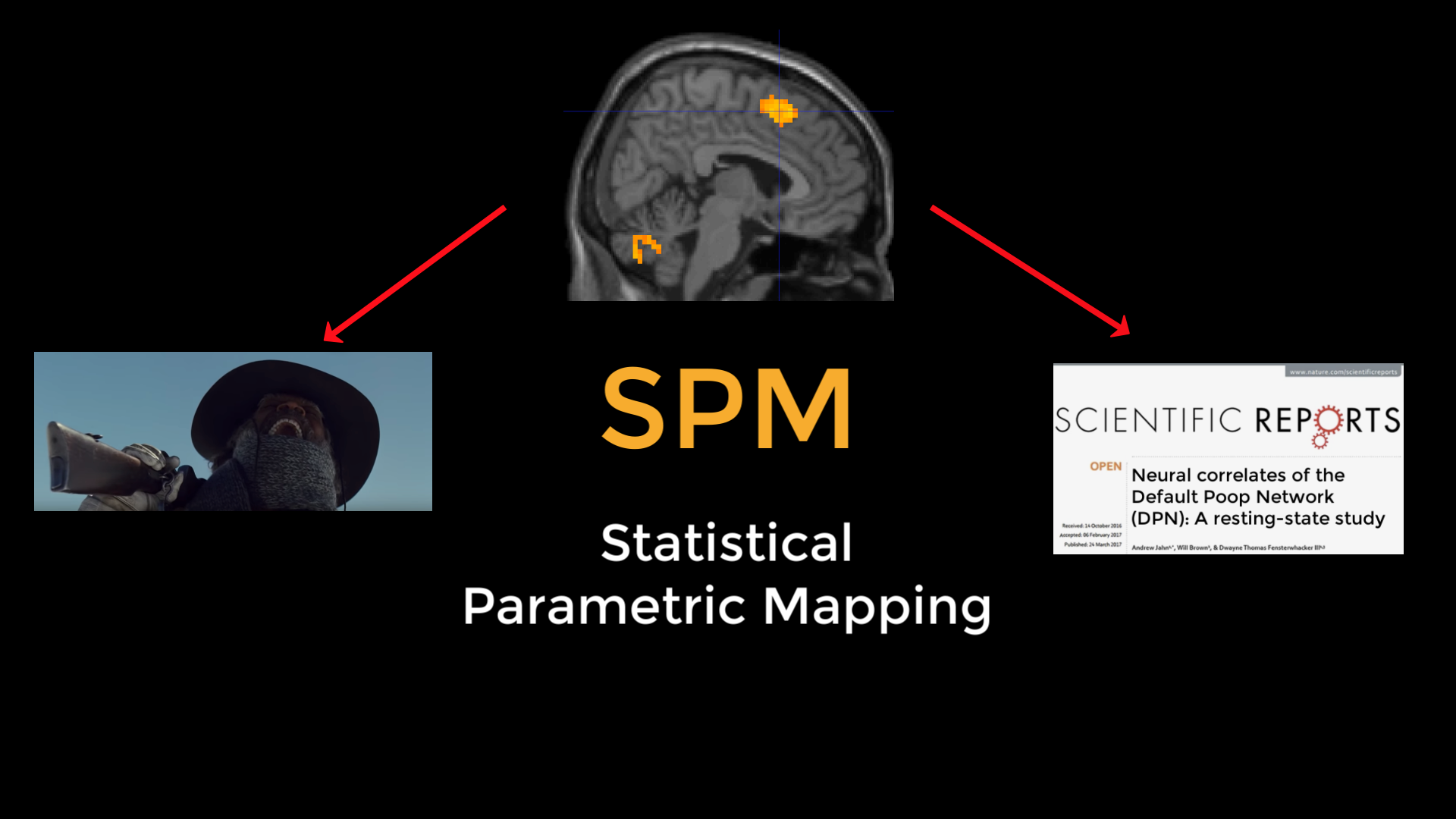VIDEOS
Here you can find playlists of videos covering different imaging methods. This page will be updated as new videos and playlists are added.
Introduction to E-Prime
These videos cover E-Prime and the basics of experimental design. Along the way you'll learn about object-oriented programming and how to make your experiment compatible with an MRI scanner.
DTI Analysis in FSL
A video series on how to preprocess DTI data and analyze it with FSL's Tract-Based Spatial Statistics (TBSS).
fMRI Analysis with AFNI
Just starting to analyze fMRI data in AFNI? Begin here!
Introduction to FreeSurfer
A start-to-finish video series covering everything you need for FreeSurfer: Recon-all, surface editing, ROI analysis, and more. You will also learn how to use fsurf and the Open Science Grid, a supercomputer that will save you countless hours with recon-all.
fMRIPrep
Overview of a standardized pipeline for analyzing your functional and structural data. QA plots and nuisance regressors are generated automatically, giving you more flexibility with your analysis. The best part? fMRIPrep uses Docker, which contains all of the software packages that you need.
Diffusion Analysis with MRtrix
If you want to upgrade your diffusion analysis, MRtrix is the package for you. Avoid the crossing-fibers problem with constrained spherical deconvolution, and create connectomes using parcellations from FreeSurfer.
Connectivity Analysis with the CONN Toolbox
Connectivity analyses are an important supplement to any imaging analysis, illustrating how different regions communicate with one another. Functional connectivity, the most widespread version of connectivity analysis, generates correlations between the signal of different areas. These correlations can then be used for more advanced graph theory analyses.
fMRI Analysis with SPM
SPM (pronounced “spum”) is one of the most popular fMRI analysis packages, along with AFNI and FSL. Learn how to use it with an open-access dataset, and then try it with your own data! Requires MATLAB.
MVPA Analysis with The Decoding Toolbox
Multi-voxel pattern analysis (MVPA) uses machine learning to classify patterns of brain activity - and then predict whether a given pattern belongs to one condition or another. We will learn how to do this using The Decoding Toolbox, an excellent software package for beginners.









